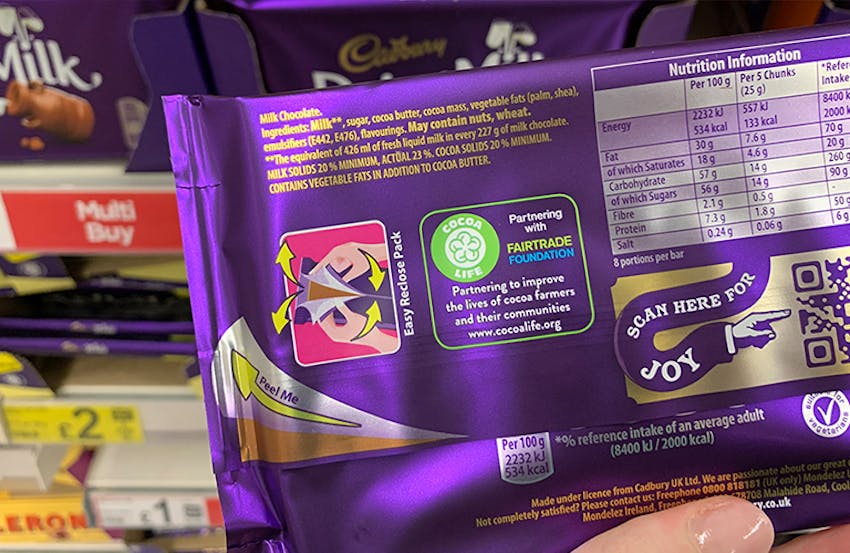What you need to know about PAL Labelling
What is PAL?
PAL stands for Precautionary Allergen Labelling.
You’ll see it on the labels of pre-packed food products in the form of “May Contain” (May Contain Nuts, May Contain Celery, May Contain Soya) or “Not Suitable For” (Not Suitable For Coeliacs, Not Suitable for Vegans).
In the past you might also have seen PAL in the form of “Made in a factory that handles Soya” of “May Contain Traces of Nuts”, but Manufacturers are now generally discouraged from using these and to stick to the more succinct examples above.
When should you use PAL?
If you have conducted a thorough risk assessment during the production of a food item and concluded there is genuine risk of cross-contamination with one of the 14 major allergens you should employ PAL in the guise of “May Contain”.
If you believe there has been a risk of cross-contamination of meat, dairy or wheat products you should use PAL in the form of “Not Suitable For”.
When should you not use PAL?
PAL should not be used as a blanket safety net for each and every food product and put in place without being preceded by the proper risk assessments.
If there is genuine risk of cross-contamination with any of the 14 major allergens at any stage in the production process, an investigation should be conducted, with the results informing whether to use PAL on the product or not.
If a product is made in a facility with no risk of the 14 allergens, or if the risk assessment shows that there is no danger of cross-contamination, PAL should not be enforced anyway as a sort of ‘Get of Jail free’ card.
Not only is it extremely important that all food labelling is fully accurate – and not simply an approximation, but it is also extremely frustrating for the allergy sufferers it has been brought in to protect, and at worst businesses may lose out on custom.
Nut allergy sufferer Beth Newton told us,
I can never quite understand why a nut-free product is not advertised as being so – I think it’s potentially confusing and misleading to consumers. If I know instantly from looking at a packet that a company is confident and proud to be nut-free it makes my life so much easier.
What does the future hold for PAL?
With Natasha’s Law coming into play next year, there’s been discussions in the background about the possible removal of PAL.
No proposals or decisions have been made as yet, but food legislation is changing, and with consumers and official bodies wanting more information than ever about what’s in their food it’s likely certainty in labelling is the way of the future.



